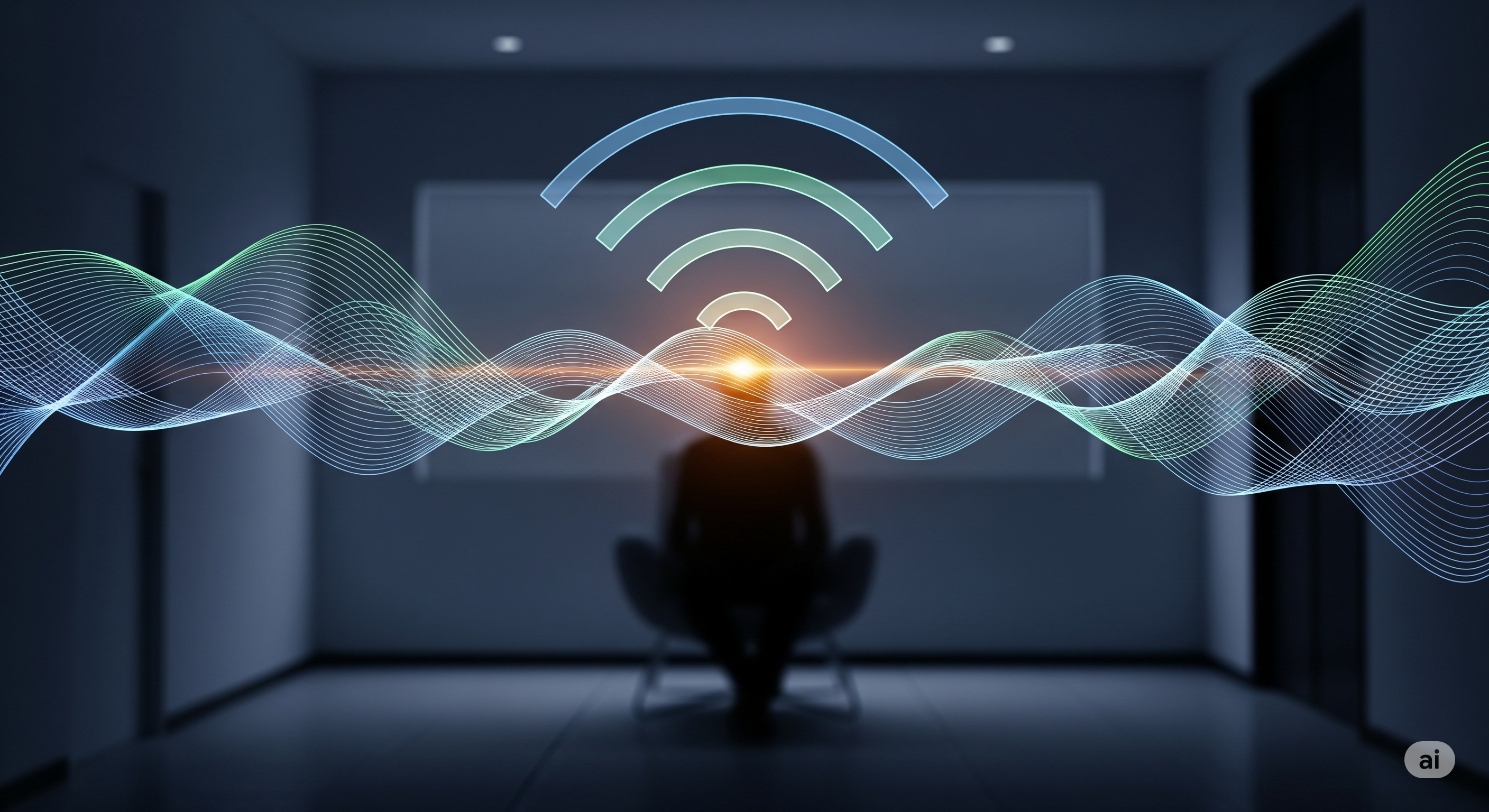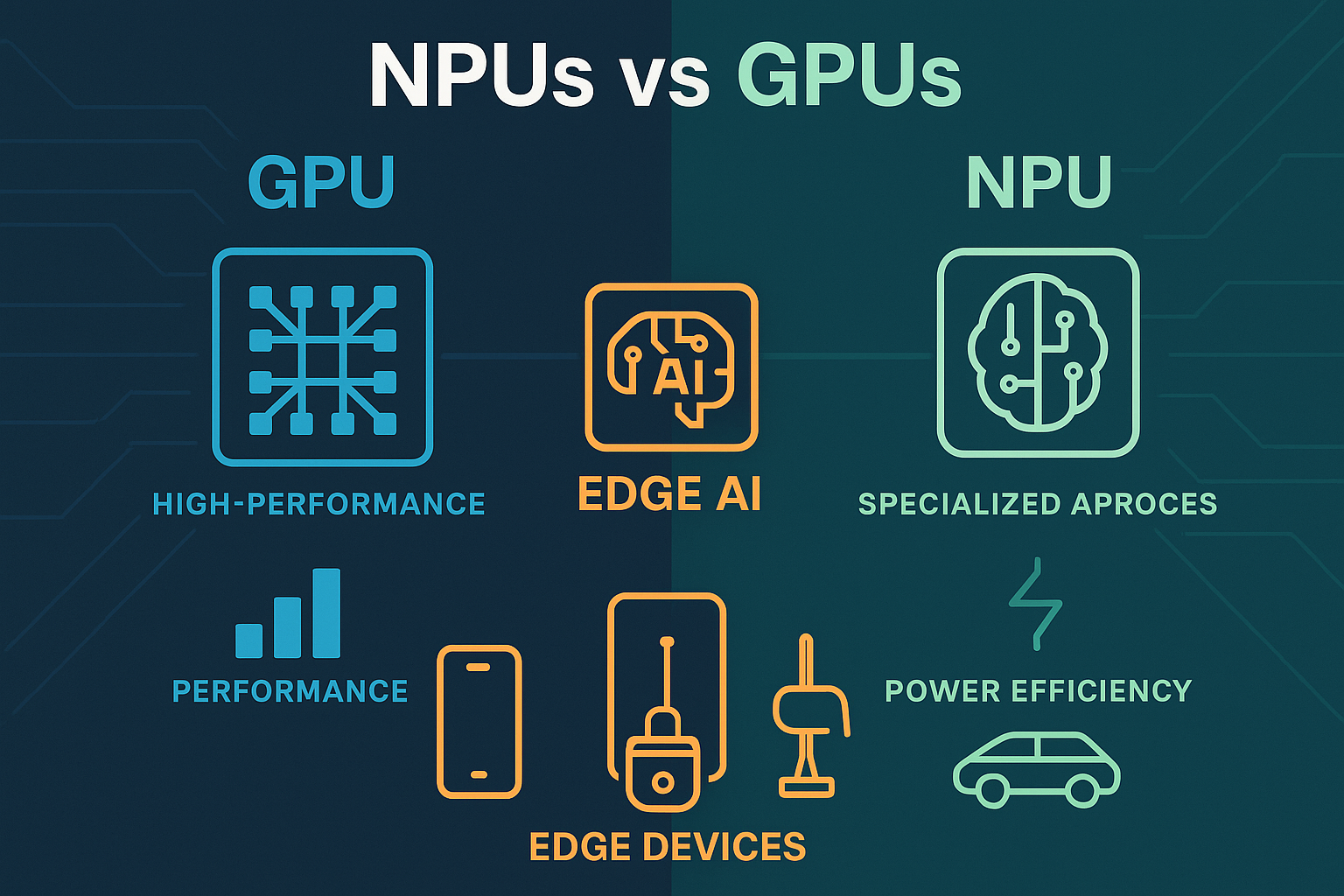Table of Contents
The Internet of Things (IoT) has promised a future where every device, from lightbulbs to refrigerators, communicates seamlessly. However, the reality has often been a fragmented landscape of incompatible ecosystems, proprietary protocols, and frustrating user experiences. Enter Matter and Thread – two powerful technologies working in tandem to build a unified, robust foundation for the modern IoT. This combination is rapidly becoming the true backbone of connected living.
What is Thread? The Resilient Network
At its core, Thread is an IP-based, low-power wireless mesh networking protocol designed specifically for IoT devices. Developed by the Thread Group, it addresses many of the limitations of traditional wireless solutions like Wi-Fi and Bluetooth for smart home applications.
Key Features of Thread:
Mesh Networking: Devices can relay messages for one another, extending network range and creating a self-healing, robust network. If one device goes offline, others can route around it.
Low Power: Optimized for battery-powered devices, allowing them to last for years without frequent battery changes.
IP-Based: Unlike some proprietary protocols, Thread is built on standard Internet Protocol (IPv6), meaning every device has its own unique IP address. This simplifies communication and integration with the broader internet.
No Single Point of Failure: There’s no central hub or gateway that, if it fails, brings down the entire network. All “router-eligible” devices can act as routers.
Security: Built-in security features encrypt all network traffic.
Benefits: Thread provides the reliable, scalable, and energy-efficient network fabric that IoT devices desperately need to function consistently in a home or building.
What is Matter? The Universal Language
While Thread provides the network, Matter (formerly Project CHIP – Connected Home over IP) provides the universal language for devices to speak to each other. Spearheaded by the Connectivity Standards Alliance (CSA), Matter is an open-source application layer connectivity standard that aims to simplify smart home experiences and increase interoperability across brands.
Key Goals and Features of Matter:
Interoperability: The primary goal is to allow devices from different manufacturers to work together seamlessly. A Matter-certified smart bulb, for instance, should work with any Matter-certified hub, regardless of brand.
Local Control: Many Matter functionalities can be controlled locally, reducing reliance on cloud services and improving responsiveness and privacy.
Simplified Setup: A streamlined onboarding process, often involving a QR code scan, makes adding new devices straightforward.
Enhanced Security: Robust security features are baked into the standard, from device authentication to secure communication.
Multi-Admin Support: Allows multiple platforms (e.g., Google Home, Apple HomeKit, Amazon Alexa) to control the same devices simultaneously.
Benefits: Matter elevates the user experience by eliminating compatibility headaches and empowering consumers with more choice and flexibility.
Why “Matter Over Thread”? The Perfect Synergy
The true power emerges when Matter and Thread are combined. Thread creates the robust, self-healing, low-power mesh network that forms the physical and data link layer. Matter then sits on top of this network, acting as the common application layer, dictating how devices communicate and what commands they understand.
Think of it this way:
Thread is the super-efficient, resilient road network connecting all the smart devices in your home. It ensures data packets get from point A to point B reliably and with minimal energy.
Matter is the universal traffic law and language that all vehicles (devices) on that road network understand. It dictates how they signal turns, what side of the road to drive on, and how they communicate their purpose (e.g., “I am a light, turn me on”).
This “Matter over Thread” combination is particularly impactful for battery-powered devices (like sensors or door locks) where Thread’s low-power capabilities are crucial, and for devices that need constant, reliable connectivity within a mesh. The result is a highly responsive, secure, and user-friendly smart home ecosystem where devices just work, regardless of their manufacturer.
The Role of the Thread Border Router
While Thread creates a self-contained IP network, for devices on the Thread network to communicate with devices on other IP networks (like your home Wi-Fi network, Ethernet, or the internet), they need a bridge. This is where the Thread Border Router comes in.
A Thread Border Router is a device (often integrated into smart displays, Wi-Fi routers, or dedicated hubs) that acts as a gateway between the Thread network and other IP-based networks. It performs several critical functions:
IP Connectivity: It enables devices on the Thread network to access the broader internet, allowing for cloud-based services, remote control, and firmware updates.
Service Discovery: It facilitates the discovery of Thread devices by devices on other networks and vice-versa, making it easy for your phone or smart speaker to find and control a Thread-enabled lightbulb.
Bi-directional Communication: It ensures seamless communication flow between Thread devices and Wi-Fi/Ethernet devices, or even other Matter controllers.
Without a Thread Border Router, Thread devices would remain isolated within their own mesh. With it, the Thread network becomes a fully integrated part of your home’s broader IP network, unlocking the full potential of Matter to connect all your smart devices, regardless of their underlying network technology.
The Advantages of this Combination:
True Interoperability: Finally, a world where your smart plugs, lights, and thermostats from different brands can all coexist and communicate harmoniously.
Robustness and Reliability: Thread’s mesh ensures continuous operation even if some devices go offline, while Matter’s local control minimizes cloud dependency, leading to faster responses.
Energy Efficiency: A boon for battery-powered devices, extending their lifespan and reducing maintenance.
Enhanced Security and Privacy: End-to-end encryption and local control improve data security and user privacy.
Simplified User Experience: Easier setup, consistent control, and fewer frustrating compatibility issues.
Future-Proofing: An open, IP-based standard means devices are more likely to remain compatible with future innovations.
Challenges and Future Outlook
While immensely promising, the transition to a fully Matter-over-Thread world isn’t without its challenges. Existing proprietary ecosystems need to be integrated or phased out. Consumer adoption and awareness are key. However, with major players like Google, Apple, Amazon, and Samsung backing the standard, the momentum is undeniable.
Matter over Thread represents a significant leap forward in the evolution of IoT. It’s not just about connecting devices; it’s about creating truly intelligent, reliable, and user-friendly environments. As this powerful combination gains wider adoption, we can expect the promise of the smart home to finally become a widespread reality, making our lives more connected, efficient, and seamless than ever before.






Start the conversation